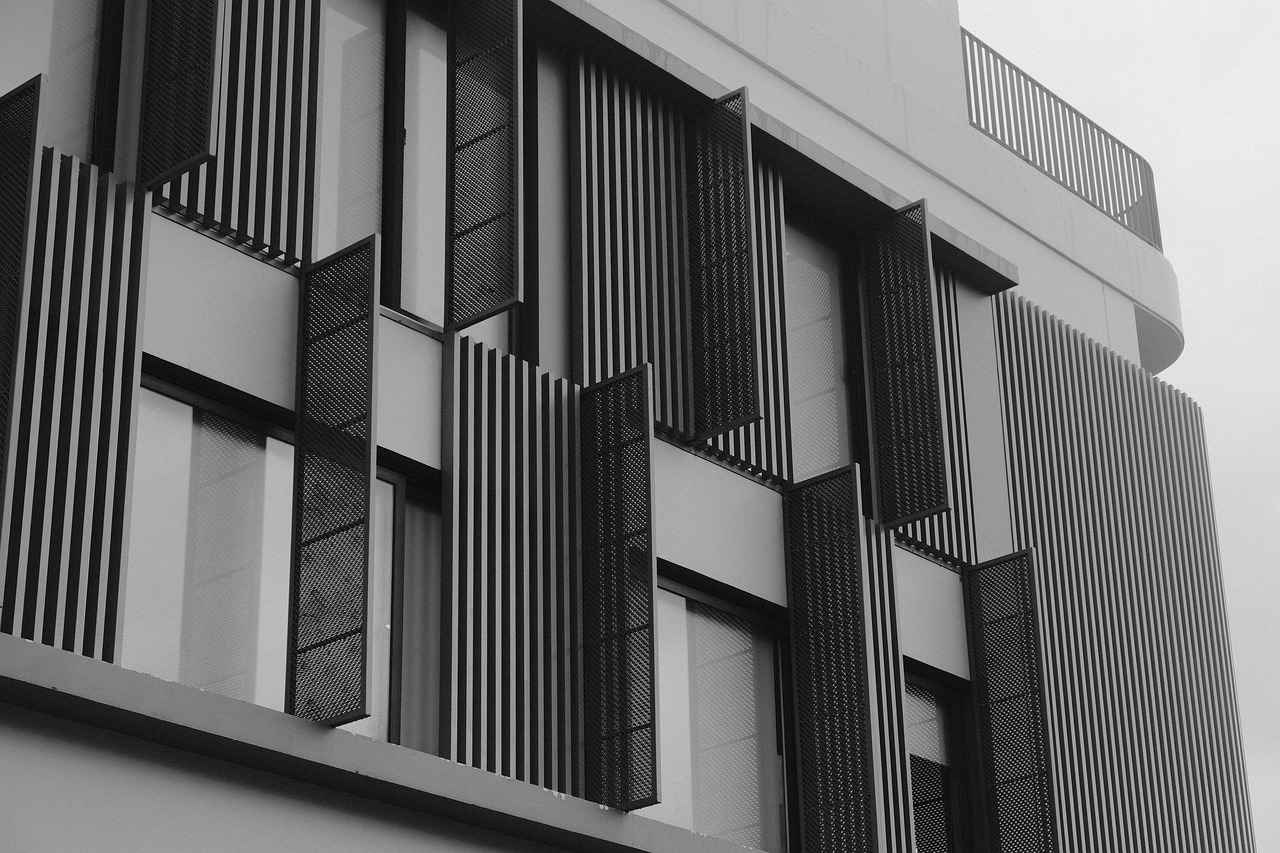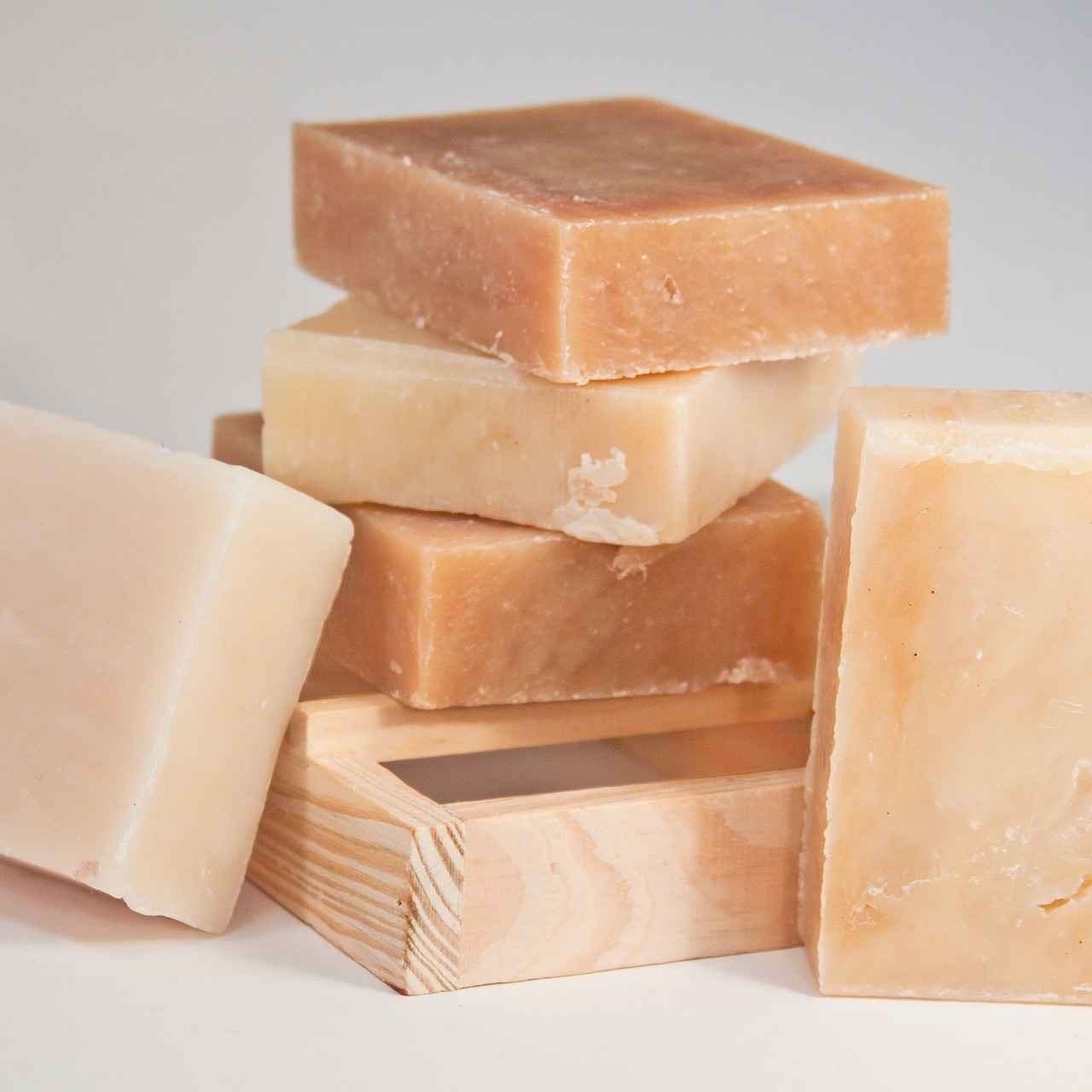This comprehensive guide explores the essential requirements for obtaining a VA home loan, focusing on eligibility, benefits, and the application process to help veterans achieve homeownership.
What is a VA Home Loan?
A VA home loan is a mortgage option backed by the U.S. Department of Veterans Affairs, specifically designed to assist veterans and active-duty service members in purchasing homes with favorable terms. These loans aim to make homeownership more accessible and affordable for those who have served our country.
Eligibility Criteria for VA Home Loans
Understanding the eligibility requirements is crucial for veterans. This section delves into various factors, including service duration, discharge conditions, and specific criteria needed to qualify for a VA loan.
- Service Requirements: To qualify for a VA loan, applicants must meet specific service requirements, including length of service and type of discharge.
- Active Duty Service Members: Active duty service members can qualify for VA loans after a minimum period of service, which varies based on their service dates.
- Veterans and Discharge Status: Veterans must have been discharged under conditions other than dishonorable to be eligible for a VA loan.
- Spouse Eligibility: Surviving spouses of veterans may also qualify for VA loans under certain conditions.
Benefits of VA Home Loans
VA home loans offer numerous benefits that make them an attractive option for veterans:
- No Down Payment Requirement: One of the most significant advantages is the ability to finance 100% of the home’s purchase price, eliminating the need for a down payment.
- Competitive Interest Rates: VA loans typically feature lower interest rates compared to conventional loans, resulting in substantial savings over the loan’s lifespan.
- No Private Mortgage Insurance (PMI): Unlike many conventional loans, VA loans do not require PMI, further reducing monthly costs.
The VA Loan Application Process
Navigating the VA loan application process can seem daunting. Here’s a step-by-step overview:
- Obtaining a Certificate of Eligibility (COE): The first step is obtaining a COE, which verifies eligibility for a VA loan.
- Working with VA-Approved Lenders: Choosing a VA-approved lender is critical for a smooth application process. Research and select a lender that meets your needs.
Common Misconceptions About VA Loans
Misunderstandings about VA loans can lead to missed opportunities. Addressing these myths can help veterans make informed decisions about homeownership.

What is a VA Home Loan?
A VA home loan is a specialized mortgage option that is backed by the U.S. Department of Veterans Affairs. This program is specifically designed to assist veterans and active-duty service members in their pursuit of homeownership. By offering favorable terms, VA loans make it easier for those who have served in the military to secure financing for their homes.
One of the most significant advantages of a VA home loan is that it typically requires no down payment. This feature is particularly beneficial for veterans who may have limited savings but are looking to buy a home. Additionally, VA loans often come with competitive interest rates, which can result in lower monthly payments compared to conventional mortgages.
Another key benefit of VA home loans is the absence of private mortgage insurance (PMI). Most conventional loans require borrowers to pay PMI if they make a down payment of less than 20%. However, with a VA loan, this added cost is eliminated, further enhancing affordability for veterans.
In terms of eligibility, VA loans are available to a broad spectrum of service members, including those who have served in active duty, as well as certain members of the National Guard and Reserves. It is important to note that eligibility is also contingent upon the discharge status of the applicant. Veterans must have been discharged under conditions other than dishonorable to qualify.
Overall, a VA home loan serves as a valuable resource for veterans and active-duty service members, providing them with the opportunity to purchase homes with favorable financing options. By understanding the unique benefits and requirements associated with VA loans, eligible individuals can take significant steps toward achieving their homeownership dreams.

Eligibility Criteria for VA Home Loans
Understanding the eligibility requirements for VA home loans is essential for veterans seeking to secure financing for their homes. This section provides a detailed overview of the critical aspects that determine eligibility, including service duration, discharge conditions, and specific criteria that must be met to qualify for a VA loan.
To begin with, the length of service is a primary factor in determining eligibility. Veterans must have completed a minimum period of active duty, which varies depending on the era of service. For instance:
- Active Duty during Peacetime: Generally requires at least 181 days of service.
- Active Duty during Wartime: Typically requires a minimum of 90 days of service.
- National Guard and Reserves: Must serve at least six years in the Selected Reserve or have been called to active duty for at least 90 days.
Another crucial aspect is the discharge status. To qualify for a VA loan, veterans must have been discharged under conditions other than dishonorable. This means that those with dishonorable discharges are ineligible, which can significantly impact their ability to access VA benefits. Understanding the implications of discharge status is vital for veterans.
In addition to service duration and discharge conditions, there are specific criteria for veterans and their families to consider. For example, surviving spouses of veterans who died in service or as a result of a service-related condition may also be eligible for VA loans. This inclusion highlights the VA’s commitment to supporting the families of those who served.
By comprehensively understanding these eligibility requirements, veterans can better navigate the process of obtaining a VA loan, ensuring they take full advantage of the benefits available to them.
Service Requirements
are a fundamental aspect of qualifying for a VA home loan. Understanding these requirements is crucial for veterans and active-duty service members seeking to benefit from this unique mortgage option.
To be eligible for a VA loan, applicants must meet specific service criteria, which include both the length of service and the type of discharge received. These criteria ensure that the program is reserved for those who have served honorably in the U.S. military.
- Length of Service: Generally, the minimum active duty service requirement is 90 days during wartime or 181 days during peacetime. However, these requirements may vary based on the period of service.
- Discharge Status: Applicants must have been discharged under conditions other than dishonorable. A dishonorable discharge can disqualify an applicant from receiving a VA loan, making it essential to understand the implications of discharge status.
- Service in the Reserves or National Guard: Members of the Reserves or National Guard may also qualify after completing six years of service, provided they were called to active duty.
Additionally, it is important to note that veterans who were discharged due to medical reasons or those who were placed on a temporary disability retired list (TDRL) may still qualify for a VA loan, depending on their circumstances.
For active duty service members, the eligibility criteria are straightforward, allowing them to access VA loans after fulfilling the minimum service requirements. This provides a pathway to homeownership, particularly for those who may be relocating frequently due to their military commitments.
In summary, understanding the is essential for any veteran or active-duty service member considering a VA home loan. Meeting these criteria not only opens the door to favorable loan terms but also supports the broader goal of helping veterans achieve homeownership.
Active Duty Service Members
play a crucial role in our nation’s defense, and as a result, they are afforded several benefits, including the opportunity to secure a VA home loan. Understanding the specific requirements for these loans is essential for service members looking to purchase a home.
To qualify for a VA loan, active duty service members must have served for a minimum period, which varies based on the time frame of their service. Generally, the eligibility requirements are categorized into three main periods:
- World War II: Service members must have completed at least 90 days of active duty.
- Korean Conflict: A minimum of 90 days of active duty is required.
- Post-Vietnam Era: Service members must have served for a minimum of 181 days of active duty.
- Gulf War and Beyond: Active duty service members must have served for at least 24 continuous months or the full period of active duty if it is less than 24 months.
It’s important to note that the eligibility criteria also depend on the type of discharge received. To qualify, individuals must have been discharged under conditions other than dishonorable. This distinction is critical, as it impacts the ability to access VA benefits.
In addition to meeting the service duration requirements, active duty members must also provide documentation to support their application for a VA loan. This typically includes a Certificate of Eligibility (COE), which verifies their service and eligibility status. Obtaining this certificate is a vital step in the loan application process.
With favorable terms such as no down payment and competitive interest rates, VA loans present an excellent opportunity for active duty service members to achieve homeownership. Understanding these requirements ensures that they can take full advantage of the benefits available to them.
Veterans and Discharge Status
Understanding the nuances of discharge status is essential for veterans seeking to take advantage of the benefits offered by VA home loans. To qualify for a VA loan, veterans must have been discharged under conditions other than dishonorable. This requirement is crucial as it directly impacts eligibility and access to the various advantages associated with VA loans.
The discharge status serves as a reflection of a veteran’s service and conduct during their time in the military. A discharge that is categorized as honorable or general under honorable conditions opens the door to VA loan benefits. Conversely, a dishonorable discharge can significantly limit or completely eliminate access to these benefits, making it imperative for veterans to understand their status.
In addition to the type of discharge, the duration of service is also a key factor. Veterans who have served a minimum period, typically 90 days of active duty during wartime or 181 days during peacetime, may qualify for VA loans, provided their discharge was not dishonorable. This dual requirement emphasizes the importance of both service length and discharge conditions.
For veterans who are uncertain about their discharge status, it is advisable to obtain a copy of their military discharge paperwork. This document will clarify their eligibility for VA loans and can be obtained through the National Archives or the appropriate military branch. Understanding these aspects can empower veterans to navigate the home loan process more effectively.
Ultimately, the implications of discharge status extend beyond just eligibility. They can affect a veteran’s financial future, impacting their ability to secure favorable loan terms and achieve homeownership. It is essential for veterans to be informed and proactive about their discharge status to fully leverage the benefits available to them.
Spouse Eligibility
Surviving spouses of veterans may also qualify for VA loans under specific conditions. The eligibility criteria for these spouses are designed to ensure that those who have lost their partners in service can still access vital financial resources for homeownership.
The following outlines the key eligibility guidelines for surviving spouses:
- Unremarried Status: To qualify for a VA loan, the surviving spouse must not have remarried. This condition ensures that the benefits are directed to those who are still affected by the loss of their veteran spouse.
- Service-Connected Death: The veteran must have died as a result of a service-related condition or during active duty. Documentation proving the cause of death is essential for eligibility.
- Certificate of Eligibility (COE): Surviving spouses must obtain a COE, which verifies their eligibility for VA loan benefits. This document can be requested online, by mail, or through a VA-approved lender.
- Loan Purpose: The loan must be used for purchasing, building, or refinancing a home. Surviving spouses can also use the loan for adaptations to accommodate disabilities resulting from the veteran’s service.
It is important for surviving spouses to understand that they may also have access to additional benefits, such as lower interest rates and no down payment requirements, which can significantly ease the financial burden of homeownership.
By meeting these eligibility criteria, surviving spouses can take advantage of the VA loan program, allowing them to secure a stable and comfortable home while honoring the sacrifices made by their loved ones.

Benefits of VA Home Loans
VA home loans are a remarkable benefit for veterans and active-duty service members. They provide several significant advantages that make homeownership more attainable and affordable. Below, we delve into the key benefits that set VA loans apart from conventional mortgage options.
- No Down Payment Requirement: One of the most appealing features of VA home loans is the ability to purchase a home without a down payment. This means that eligible borrowers can finance up to 100% of the home’s purchase price, making it easier for veterans to buy a home without the burden of saving for a substantial down payment.
- Competitive Interest Rates: VA loans typically offer lower interest rates compared to conventional loans. This is due to the backing of the U.S. Department of Veterans Affairs, which reduces the risk for lenders. The lower rates can lead to significant savings over the life of the loan, making monthly payments more manageable.
- No Private Mortgage Insurance (PMI): Unlike many conventional loans that require private mortgage insurance when the down payment is less than 20%, VA loans do not require PMI. This can result in substantial savings for borrowers, as PMI can add hundreds of dollars to monthly payments.
- Flexible Credit Requirements: VA loans tend to have more lenient credit score requirements than conventional loans. This flexibility allows veterans with less-than-perfect credit histories to still qualify for a mortgage, increasing their chances of homeownership.
- Assumable Loans: VA loans are assumable, meaning that if a veteran sells their home, the buyer can take over the existing mortgage under the same terms. This feature can be a strong selling point, especially in a rising interest rate environment.
In summary, VA home loans provide numerous benefits that not only simplify the home buying process for veterans but also make it financially advantageous. Understanding these benefits can empower veterans to take the next step toward homeownership.
No Down Payment Requirement
One of the most significant advantages of a VA loan is the ability to finance 100% of the home’s purchase price. This unique feature makes homeownership significantly more accessible for veterans and active-duty service members who may find it challenging to save for a substantial down payment. Traditionally, homebuyers are often required to put down anywhere from 3% to 20% of the home’s value, which can be a major barrier to entry for many. However, with a VA loan, veterans can bypass this obstacle entirely.
By eliminating the down payment requirement, VA loans enable veterans to use their financial resources more effectively. Instead of allocating funds for a down payment, they can invest in other essential areas such as:
- Home Improvements: Veterans can use their savings for renovations or upgrades, enhancing the property’s value and comfort.
- Emergency Funds: Maintaining a financial cushion is crucial. Without a hefty down payment, veterans can keep more money in reserve for unexpected expenses.
- Moving Costs: Relocating can be expensive. Funds saved from not making a down payment can help cover moving expenses.
Moreover, the absence of a down payment requirement often translates into a faster and smoother home-buying process. Veterans can act quickly in a competitive housing market, as they are not hindered by the need to save for a down payment. This can be particularly beneficial in areas where housing demand is high, allowing veterans to secure their dream homes without unnecessary delays.
In summary, the no down payment requirement of VA loans not only facilitates homeownership for veterans but also empowers them to allocate their finances in ways that best suit their needs and goals. This aspect, combined with other benefits like competitive interest rates and no private mortgage insurance (PMI), makes VA loans an incredibly attractive option for those who have served the nation.
Competitive Interest Rates
One of the most appealing aspects of VA home loans is their . These rates are generally lower than those offered by conventional loans, which can result in significant financial advantages for veterans and active-duty service members. Understanding how these rates work and the potential savings they can generate is crucial for anyone considering a VA loan.
Unlike conventional loans, which often require higher credit scores and down payments, VA loans are designed with the needs of veterans in mind. The U.S. Department of Veterans Affairs backs these loans, which allows lenders to offer lower interest rates. This backing reduces the risk for lenders, enabling them to pass on these savings to borrowers.
| Loan Type | Average Interest Rate | Monthly Payment (for a $250,000 loan) |
|---|---|---|
| VA Loan | 3.25% | $1,088 |
| Conventional Loan | 4.25% | $1,230 |
The table above illustrates the difference in monthly payments between VA loans and conventional loans. Over the life of a 30-year mortgage, the savings from a lower interest rate can amount to tens of thousands of dollars. For instance, with a VA loan at 3.25%, the total interest paid over 30 years would be significantly lower than that of a conventional loan at 4.25%.
Moreover, the absence of private mortgage insurance (PMI) on VA loans further enhances their affordability. PMI can add hundreds of dollars to a monthly mortgage payment, making VA loans even more attractive for eligible borrowers.
In summary, the associated with VA loans not only make homeownership more accessible but also provide substantial long-term savings. For veterans and service members, this financial benefit is a key factor in choosing a VA loan over other mortgage options.

The VA Loan Application Process
Navigating the VA loan application process can indeed be daunting for many veterans. Understanding each step can help alleviate some of the stress associated with this important financial decision. Below is a detailed, step-by-step guide designed to assist veterans in understanding what to expect during the application process.
- Step 1: Gather Necessary Documentation
Before starting the application, it’s crucial to collect all required documents. This typically includes:
- Proof of military service (DD Form 214)
- Income verification (pay stubs, tax returns)
- Credit history information
- Step 2: Obtain Your Certificate of Eligibility (COE)
The COE is essential as it confirms your eligibility for a VA loan. You can apply for the COE through the VA’s website, by mail, or with the help of your lender.
- Step 3: Choose a VA-Approved Lender
Selecting a lender experienced with VA loans is vital. Look for lenders who offer competitive rates and have a good reputation among veterans.
- Step 4: Complete the Loan Application
Once you’ve chosen a lender, you’ll need to fill out the loan application. Be prepared to provide detailed information about your financial situation.
- Step 5: Loan Processing and Underwriting
After submitting your application, the lender will process your loan. This involves verifying your information and assessing the risk of lending to you.
- Step 6: Closing the Loan
Upon approval, you will move to the closing stage, where you’ll sign the necessary documents and finalize the loan. Ensure you understand all terms before signing.
By following these steps, veterans can navigate the VA loan application process with greater confidence and clarity. Always remember to ask questions and seek assistance if needed, as the journey to homeownership is a significant milestone.
Obtaining a Certificate of Eligibility (COE)
Obtaining a Certificate of Eligibility (COE) is a crucial first step in the VA loan process. This document serves as proof of your eligibility for a VA home loan and is essential for accessing the benefits offered by the U.S. Department of Veterans Affairs. In this section, we will explore the steps to apply for and obtain your COE, ensuring you have a smooth start to your home-buying journey.
The application process for a COE can be completed in several ways:
- Online Application: The easiest method is through the VA’s eBenefits portal. You will need to create an account if you do not have one already. Once logged in, you can fill out the application form and submit it electronically.
- By Mail: If you prefer a traditional approach, you can download and print the VA Form 26-1880, fill it out, and mail it to the appropriate regional loan center. Be sure to include any required documentation, such as your service records.
- Through Your Lender: Many VA-approved lenders can assist you in obtaining your COE. They may have access to the VA’s online system, making the process quicker and more efficient.
When applying, it’s important to have certain information ready, including:
- Your Social Security number
- Your service details, including dates of service and discharge status
- Any relevant documentation that supports your eligibility, such as DD Form 214 for veterans
Once your application is submitted, the processing time for a COE can vary. Typically, if you apply online, you may receive your certificate within a few minutes. However, mail applications may take several weeks. It’s advisable to apply for your COE early in the home-buying process to avoid delays.
In summary, obtaining your Certificate of Eligibility is a straightforward process that lays the groundwork for accessing the benefits of a VA home loan. Ensuring you have all necessary information and documentation will help you navigate this first step with ease.
Working with VA-Approved Lenders
When it comes to securing a VA home loan, working with a VA-approved lender is essential for ensuring a seamless and efficient application process. These lenders are specifically authorized by the U.S. Department of Veterans Affairs to offer VA loans, which come with unique benefits tailored for veterans and active-duty service members. In this section, we will explore the steps to find and select the right lender to meet your needs.
First and foremost, it is important to understand the significance of VA-approved lenders. They possess the expertise and knowledge required to navigate the complexities of VA loans, ensuring that you receive the best possible service and guidance throughout the process. Here are some key factors to consider when searching for a lender:
- Research and Recommendations: Start by asking fellow veterans or active-duty service members for recommendations. Online forums and community groups can also provide valuable insights into reputable lenders.
- Compare Lender Fees: Different lenders may charge varying fees, including origination fees and closing costs. It is wise to obtain quotes from multiple lenders to find the most competitive rates.
- Check for VA Loan Experience: Look for lenders who have a proven track record in handling VA loans. Their experience can significantly impact your application process.
- Read Reviews: Online reviews can provide a glimpse into other borrowers’ experiences. Pay attention to feedback regarding customer service and the overall loan process.
- Communication: Choose a lender who communicates clearly and promptly. A responsive lender can make the entire process less stressful.
Once you have narrowed down your options, schedule consultations with potential lenders. This allows you to ask questions and gauge their understanding of VA loans. Remember, you are not just looking for a loan; you are seeking a partner in your journey to homeownership.
In summary, selecting a VA-approved lender is a critical step in securing a VA home loan. By conducting thorough research and considering the factors mentioned above, you can find a lender who will facilitate a smooth application process, ultimately helping you achieve your dream of homeownership.

Common Misconceptions About VA Loans
Many veterans and active-duty service members are unaware of the benefits and flexibility offered by VA loans due to prevalent misconceptions. These misunderstandings can lead to missed opportunities for homeownership. This section aims to clarify some of the most common myths surrounding VA home loans.
- Myth 1: VA Loans are Only for Disabled Veterans
This is a common misconception. In reality, VA loans are available to all eligible veterans and active-duty service members, regardless of disability status. The program is designed to assist anyone who meets the service requirements. - Myth 2: You Need Perfect Credit to Qualify
While a good credit score can enhance your chances of approval, VA loans are more forgiving than conventional loans. Many lenders accept lower credit scores, making homeownership attainable for more veterans. - Myth 3: VA Loans Take Too Long to Process
Some believe that VA loans have lengthy processing times. However, with the right documentation and a knowledgeable lender, the process can be as quick and efficient as any conventional mortgage. - Myth 4: You Can Only Use a VA Loan Once
This is false. Eligible veterans can use their VA loan benefit multiple times, provided they have paid off their previous VA loans or have restored their entitlement. - Myth 5: VA Loans Require a Down Payment
One of the most significant advantages of a VA loan is the ability to purchase a home with no down payment. This feature makes it easier for veterans to enter the housing market.
By debunking these myths, veterans can better understand their options and make informed decisions about homeownership. It is crucial to consult with a knowledgeable lender who specializes in VA loans to receive accurate information tailored to individual situations.
Frequently Asked Questions
- What are the basic eligibility requirements for a VA home loan?
To qualify for a VA home loan, you must be a veteran, active-duty service member, or a qualified surviving spouse. Additionally, you need to meet specific service duration and discharge conditions.
- Is there a down payment required for VA loans?
No, one of the most appealing features of VA loans is that they typically do not require a down payment, allowing veterans to finance 100% of the home’s purchase price.
- How do I obtain a Certificate of Eligibility (COE)?
You can apply for a Certificate of Eligibility through the VA’s eBenefits portal or by submitting a paper application to your regional VA office. This document is essential for starting your loan process.
- Can surviving spouses apply for VA home loans?
Yes, surviving spouses of veterans may be eligible for VA home loans under certain conditions, such as if the veteran died in service or from a service-related disability.
- Are there any misconceptions about VA loans?
Absolutely! Many people believe that VA loans are only for first-time homebuyers or that they come with high fees. In reality, VA loans offer competitive rates and can be used multiple times by eligible borrowers.




